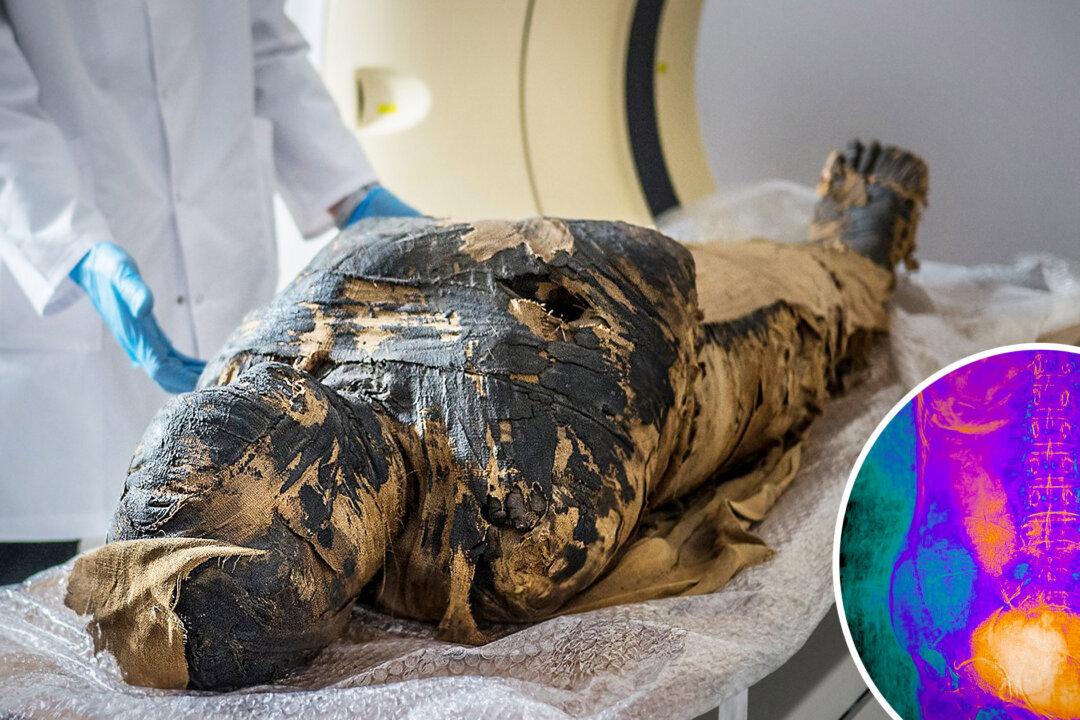A team of researchers in Warsaw, Poland, carrying out an examination on an ancient Egyptian mummy, initially believed to be a male priest, were amazed when the mummy was revealed to be a woman who was pregnant before her death.
The discovery, made by researchers of the Warsaw Mummy Project, is the first of its kind. The mummy dates back to the 1st century B.C. and is the first case of a pregnant embalmed body known in the world today.






